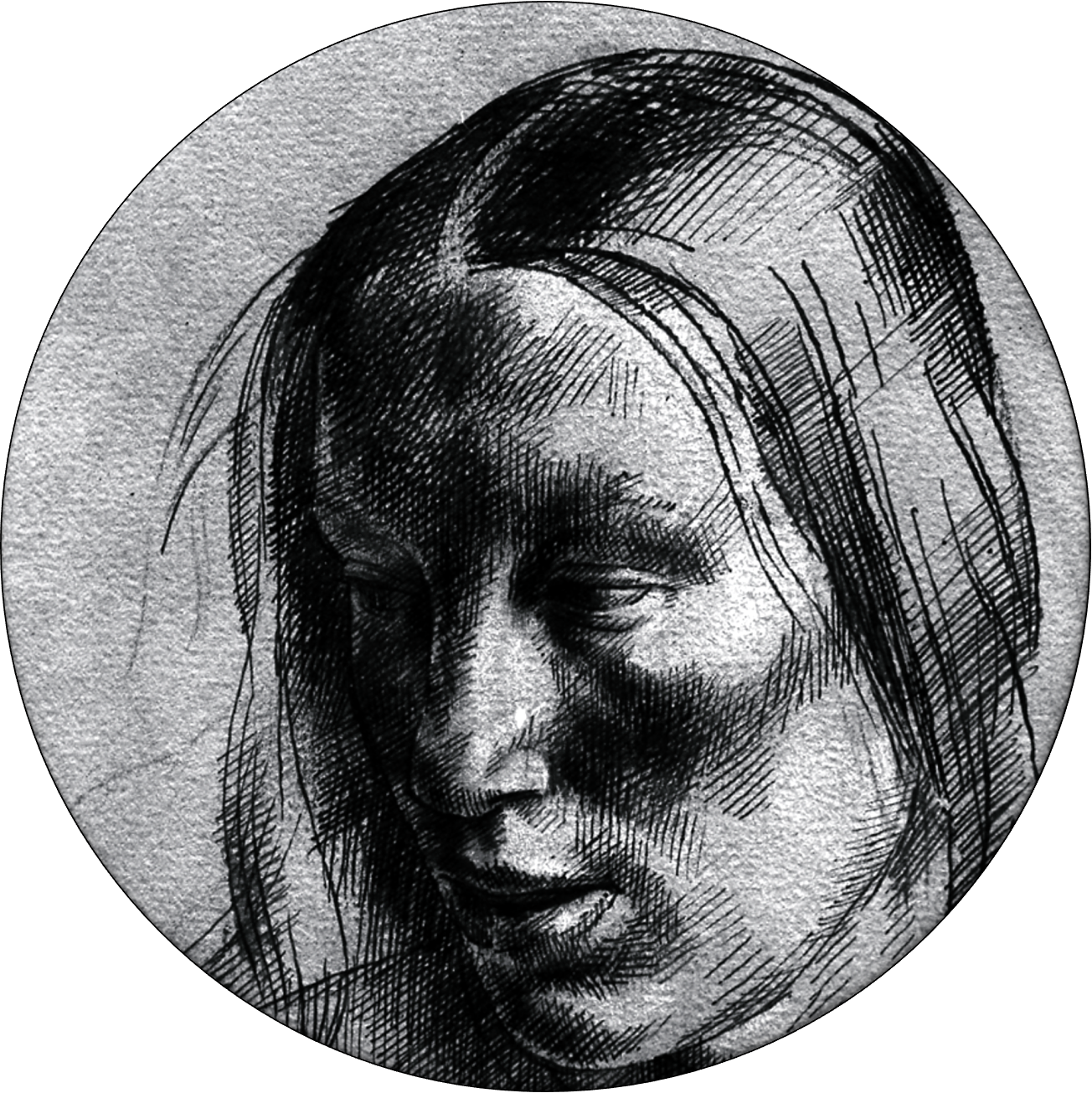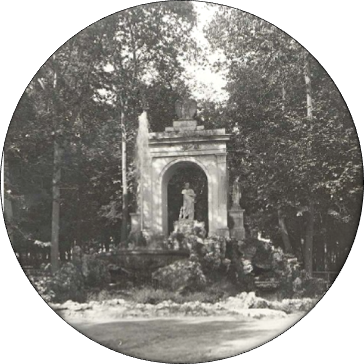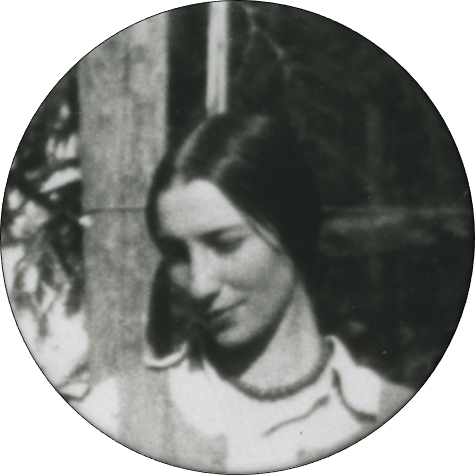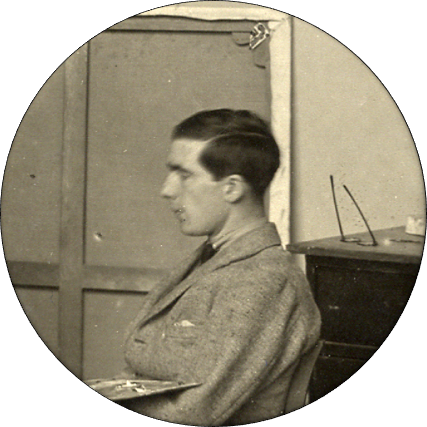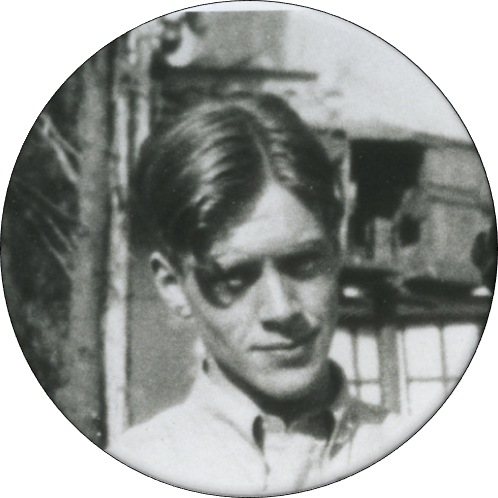
Sir Walter Thomas Monnington (1902-1976), or Tom Monnington to those who knew him, was under-appreciated for much of his lifetime, and has been seen as a somewhat enigmatic individual. In the early part of his career, he was valued within the artistic world more for his charm, intelligence and temperament than for his artistic skills. Despite the under-appreciation of his peers, and his own self-deprecation, he had a long life as an artist, going through two distinct phases in his career.
He began, as most Slade scholars did, as a classicist, his work earning him the Rome Prize in 1922 for decorative painting (the first to be awarded since 1920). Following the Second World War, he moved into abstractionism, inspired as he was by the technology of the period, and by his experience working during the war on camouflage and as a War Artist. Perhaps overshadowed by his wife, Winifred Knights (1899-1943), his work has since come to be appreciated more since his death in 1976.
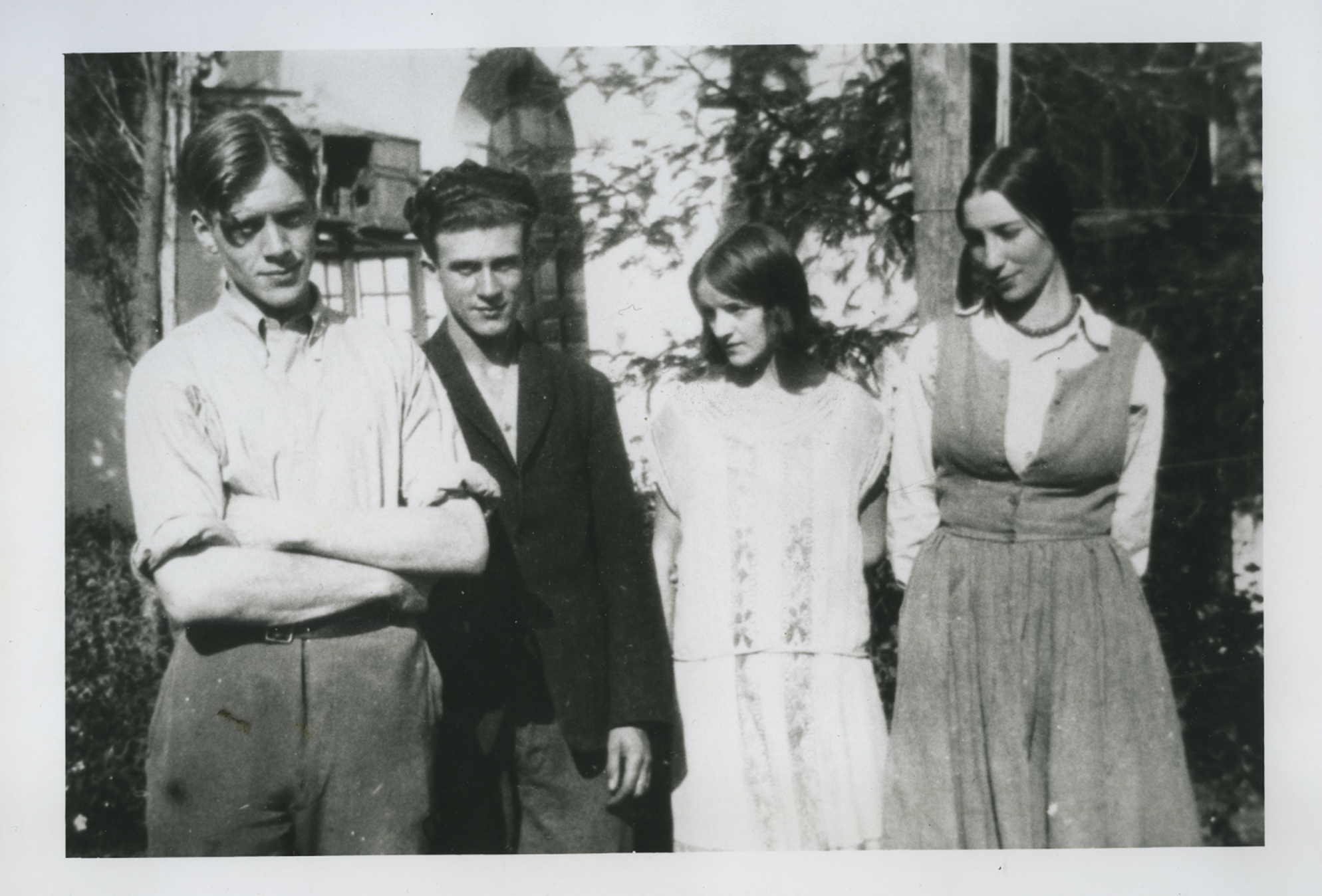
Monnington arrived at the BSR at the age of 21. He had studied at the Slade School of Art from 1919 to 1923, and was one of several artists from the School who took the natural step towards competing for the Rome Scholarship in Decorative Painting. Monnington won with his depiction of Winter (1921). The oil on canvas shows the influence of Italian Renaissance painting on his work, and in particular the work of Piero della Francesca. He produced his most significant painting, and to date arguably his most famous, whilst in Rome. Allegory (1924) painted during the early part of his scholarship, was purchased by the Tate in 1925. This piece, like others he produced, was inspired by the landscape surrounding him in Italy. Allegory was based on Monnington’s studies of Piediluco, a town within the province of Umbria, and home to the Lago di Piediluco, a picturesque lake about 45 miles north of Rome. Piediluco was depicted elsewhere in this work, too.
The Wine Press (c.1923), Monnington’s first major painting in Rome, shows several people involved in the traditional production of wine, with the grapes pressed by foot. The background, as in Allegory, was based on the Umbrian landscape, and some of the figures were similarly inspired by Piero della Francesca’s work. The Annunciation, (c.1924/1925), was set in the Borghese gardens that are adjacent to the BSR. These paintings display a particular feature of Mornington’s work, revealing how Modernist impulses were affecting his classical training. Allegory features in the foreground several figures, inspired by Adam and Eve. Some remained unfinished, not from apathy or forgetfulness, but as part of the aesthetic. The incomplete forms of some of the figures add to the imaginative quality, and give the piece a Modernist feel. Monnington took a similar approach to The Annunciation, with the central figures given more detail than those to the sides, again revealing Monnington’s instinct that ‘finishing’ the painting would diminish, rather than enhance, its quality.
As well as showing the influence of Rome, these paintings also reveal Monnington’s connection with his fellow scholars. The most significant of these connections was with Winifred Knights, whom he married at Rome in April 1924. The Adam and Eve figures in Allegory were based on himself and Knights. A study exists of Knights for Allegory, showing Knights’ distinctive features embedded into the face of the Eve figure. Knights stayed with Monnington in Rome until the end of his scholarship, and long after hers had ended. Monnington left Rome in January 1926 to meet Knights, who had travelled out the month before to London.
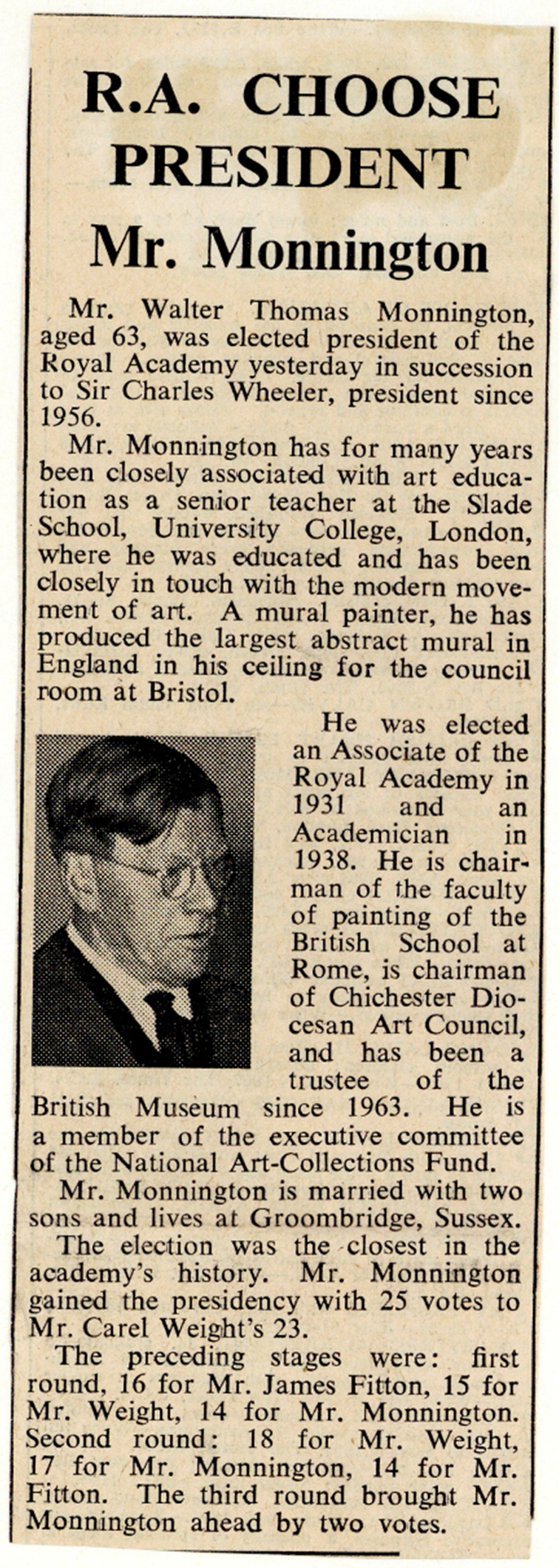
Monnington found work, like other Slade and Rome scholars of his time, in large-scale public commissions. Like his contemporary Colin Gill (1892-1940), Monnington painted for St Stephen’s Hall at Westminster and the Bank of England. The former was a mural depicting the 1707 Articles of Union being presented to Queen Anne, while the latter depicted contemporary figures of the Bank. It was a disappointment to Monnington, who found the process uninspiring. His last major mural was Supper at Emmaus (Bolton Parish Church, 1931).
Monnington’s return to public painting in the 1940s showed a marked departure in tone and style, demonstrating the affects of his time as a War Artist, notably an interest in radar, aeronautics and geometry. His first major commission, and the first to show this departure, was a painting for the ceiling of the Bristol Council House (c.1953). This was followed by the Mary Harris Memorial Chapel at the University of Exeter (1956). His canvas paintings reveal a similar shift, moving away from the landscapes and images of aeroplanes that had dominated his wartime painting to a series of abstract pieces influenced by mathematics and geometric patterns. During this time, he also taught at Camberwell School of Art and at the Slade. He became President of the Royal Academy in 1966, was knighted in 1967, and served as President until his death in January 1976.
Where would you like to go next? Who would you like to meet?
Sources and Further Resources
Liss, P. et al. (1997). Sir Thomas Monnington 1902 – 1976. Rome: The Fine Art Society, Paul Liss and British School at Rome.
Liss, P. Llewelyn, S. Et al. (2013). British Murals & Decorative Painting 1920 – 1960. Bristol: Samson & Co.
Liss, P. Llewelyn, S. Et al. (2013). British Murals & Decorative Painting 1910 – 1970. Bristol: Samson & Co.
Wallace-Hadrill, A. (Ed). (2001). The British School at Rome: One Hundred Years. Rome: BSR.
Wiseman, T.P. (1990). A Short History of the British School at Rome. Rome: BSR.
For a full bibliography and further reading, see here.
